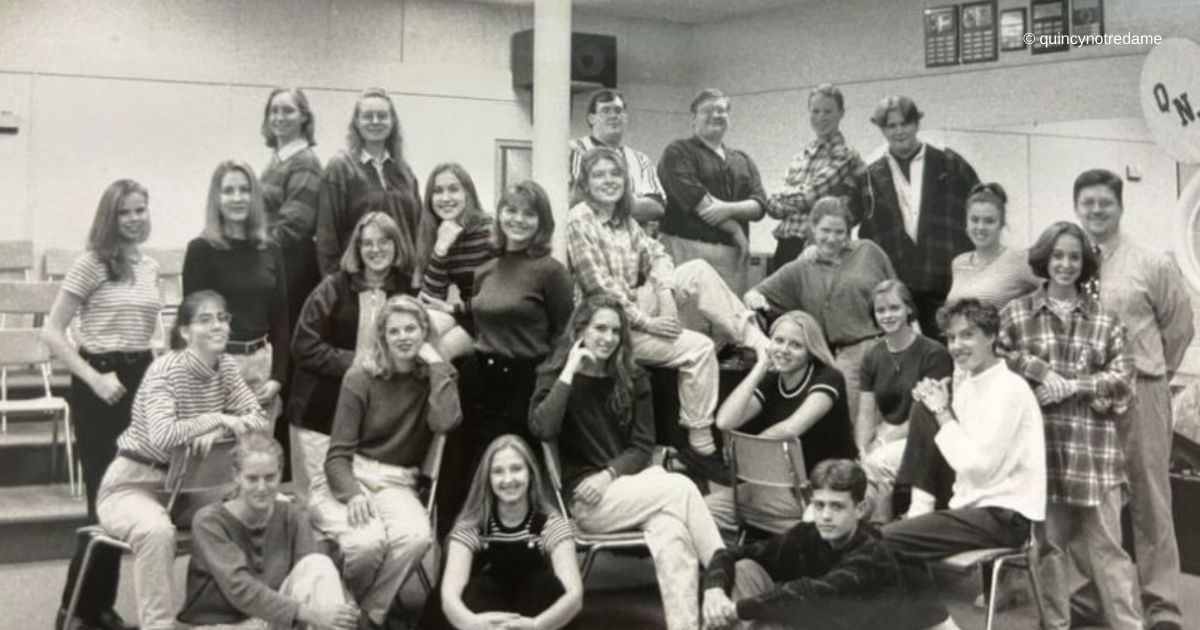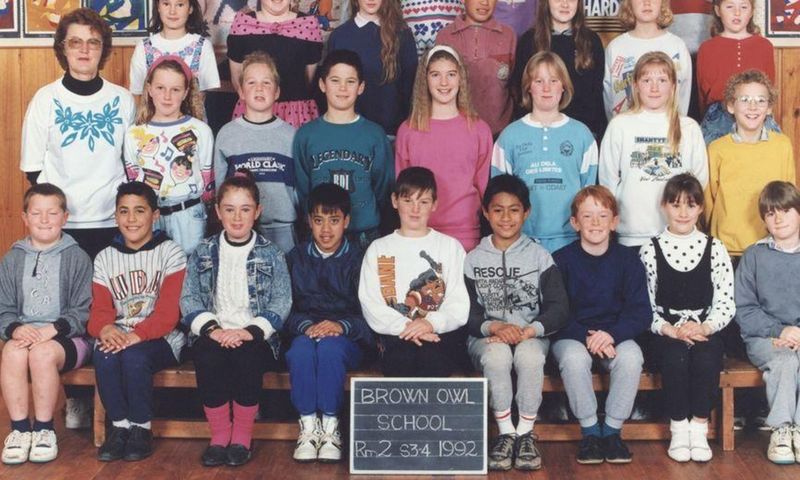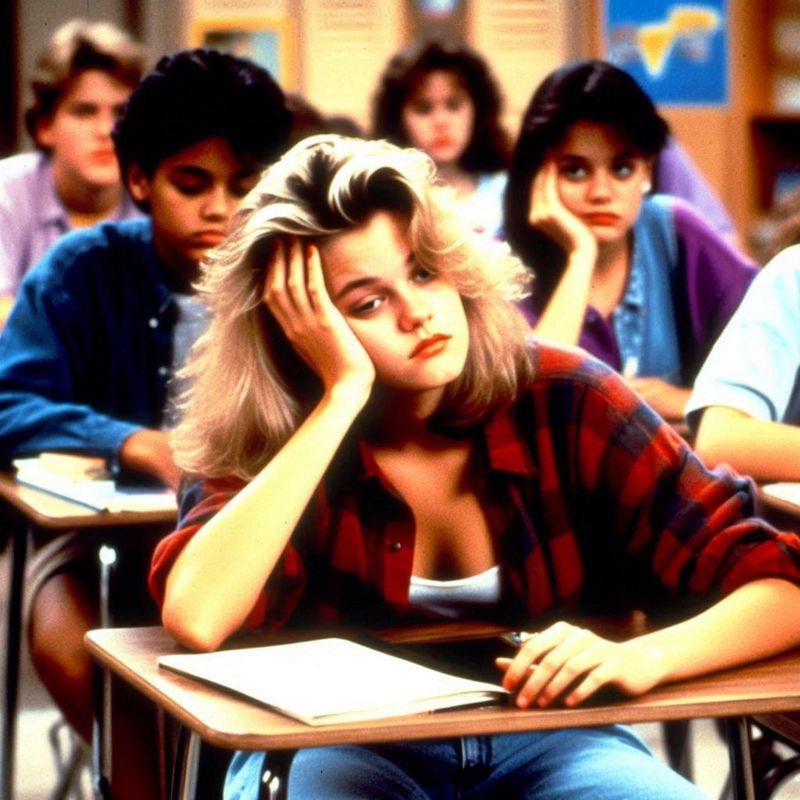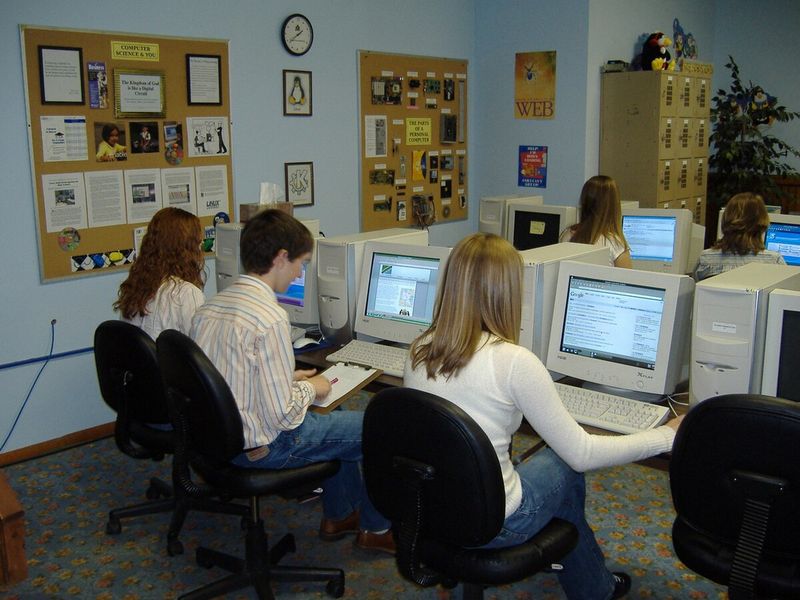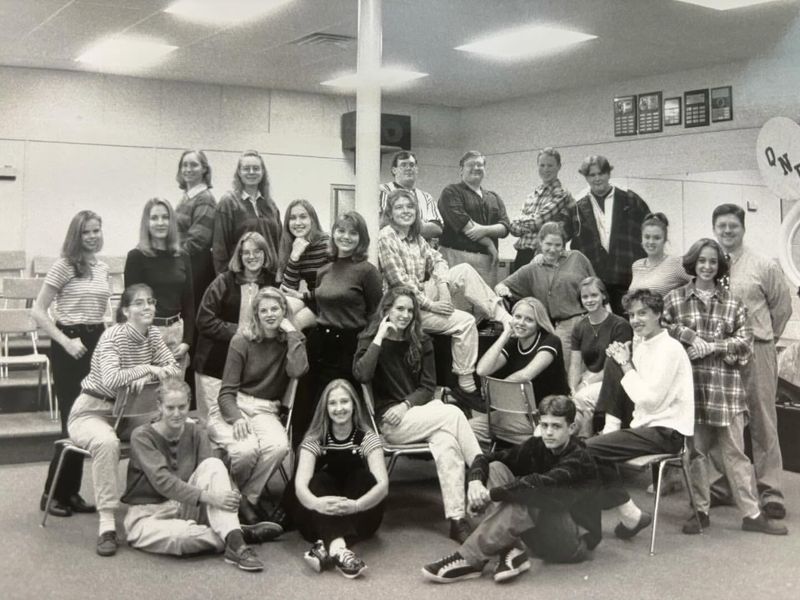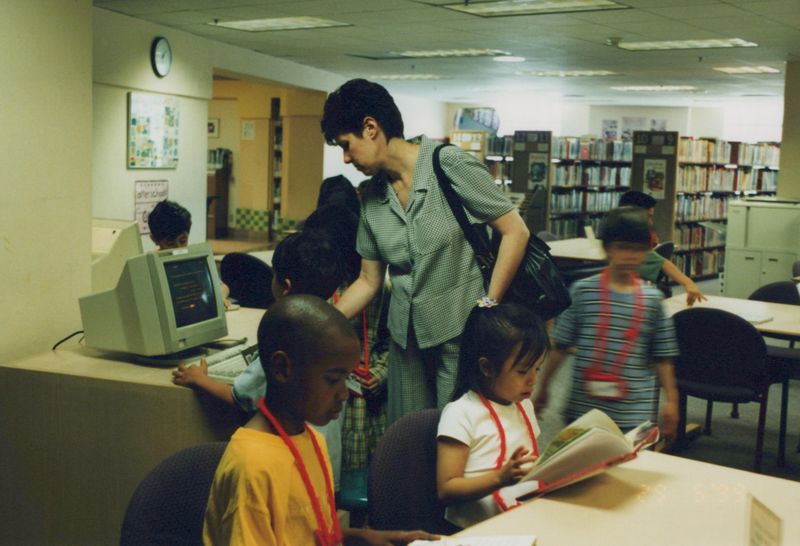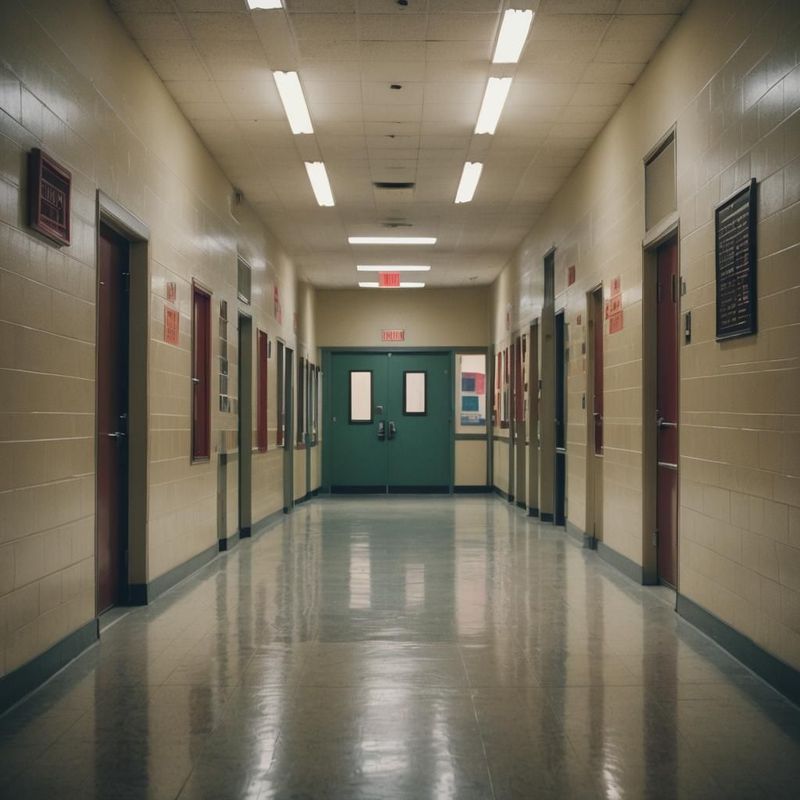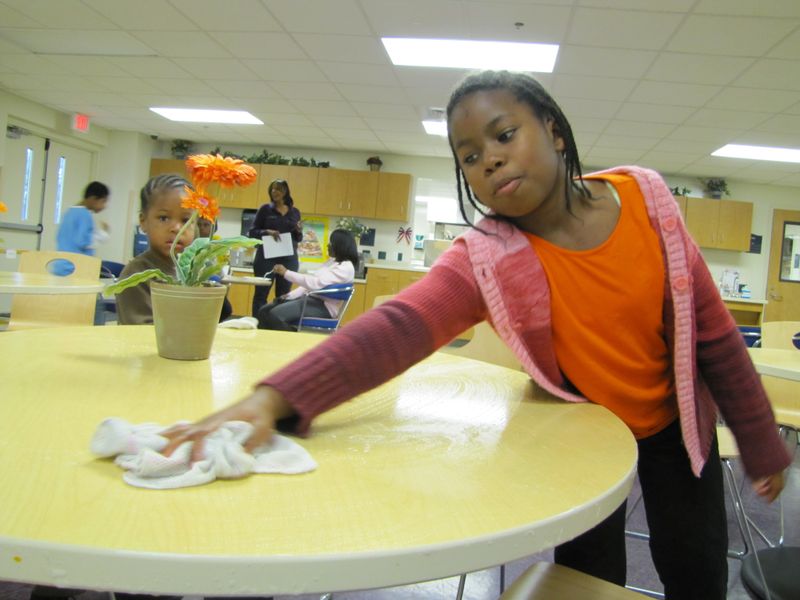Join us on a nostalgic journey as we revisit the school rules of the ’90s. This era was marked by unique regulations that many of us still remember fondly or perhaps not so fondly!
From dress codes to classroom etiquette, these rules shaped our school experiences and left a lasting impact on our memories.
1. Dress Code
In the ’90s, school dress codes were a big deal. Schools often enforced strict policies requiring students to dress in a ‘respectable’ manner. This meant no baggy jeans, midriff tops, or hats indoors.
The dress code aimed to minimize distractions and maintain a focus on learning. However, many students found creative ways to express themselves within these boundaries.
Some even challenged the rules, leading to debates on personal expression. Dress codes were not only about clothing but also included guidelines on hairstyles and jewelry, striving for uniformity in schools.
2. No Mobile Phones
Back in the ’90s, mobile phones were rare in schools. Most students didn’t have them, but those who did had to keep them hidden. The rules were clear: no mobile phones in class or on school grounds.
These devices were seen as potential distractions that could disrupt the learning environment. If caught, students risked having their precious devices confiscated.
With mobile technology still in its infancy, the school day was largely unplugged, encouraging face-to-face interaction and engagement. The absence of mobile phones allowed students to focus more on their studies and social interactions.
3. Homework Assignments
Homework in the ’90s was a nightly ritual. Teachers assigned plenty of written work, often expecting it to be completed by hand.
This practice aimed to reinforce classroom learning, helping students consolidate their understanding of the day’s lessons. It also taught time management skills as students juggled multiple subjects.
While some viewed homework as a burden, others saw it as an opportunity to excel. Despite varying opinions, diligent completion of assignments was a must.
Teachers used these assignments to assess student progress, making them an integral part of the educational process.
4. Punctuality
In the ’90s, punctuality was paramount. Being on time for school and class was a strict rule. The school day was structured around a consistent schedule, starting with the ringing of the school bell.
Tardiness often led to detention or other penalties. The emphasis on punctuality instilled discipline and respect for time in students. It also minimized disruptions, allowing lessons to proceed smoothly.
While some students struggled with this rule, others embraced it, viewing punctuality as a skill that would benefit them later in life. It was an essential part of maintaining order in schools.
5. Respect for Teachers
Respect for teachers was a cornerstone of ’90s school culture. Students were expected to address teachers formally and listen attentively during lessons. This rule fostered a positive learning environment and reinforced the authority of educators.
Disrespect or disruption was not tolerated and often resulted in disciplinary actions. The emphasis on respect extended beyond the classroom, influencing how students interacted with all school staff.
By upholding this value, schools aimed to cultivate a sense of community and mutual respect. It was a fundamental rule that contributed to the overall harmony of the school experience.
6. Library Etiquette
The school library was a sanctuary of knowledge in the ’90s. Strict library etiquette was enforced to maintain this environment. Students were expected to speak softly, return books on time, and respect library materials.
This rule encouraged a love for reading and research, providing students with a quiet space for study. Violations of library etiquette, such as loud talking or mishandling books, were met with reprimands.
The library was a place where students could immerse themselves in literature and learning without distractions. These rules helped preserve the library’s tranquility and resources for everyone.
7. Keeping Hallways Clear
In the ’90s, keeping hallways clear was a practical rule. Students were instructed not to loiter or create bottlenecks between classes. This rule ensured that hallways remained safe and accessible for everyone.
Clear hallways allowed for efficient movement, especially during class transitions. Teachers and staff monitored these areas to enforce the rule, often reminding students to keep moving. It also taught students about spatial awareness and cooperation.
By adhering to this rule, schools maintained an orderly flow of foot traffic, reducing chaos and enhancing the overall safety and functionality of school environments.
8. No Chewing Gum
Chewing gum was a no-go in ’90s schools. The rule was in place to prevent distractions and maintain cleanliness. Students caught chewing gum faced immediate consequences, like cleaning desks or detention.
Gum was considered a nuisance that could disrupt lessons and lead to sticky situations. This rule aimed to instill discipline and respect for shared spaces. It also emphasized the importance of focusing on learning without unnecessary distractions.
While some students found the rule overly strict, others understood its necessity. The ‘no gum’ policy was part of broader efforts to create a conducive learning environment.
9. Fire Drills
Fire drills were taken seriously in the ’90s. Regular practice sessions ensured that students knew how to evacuate safely and efficiently.
The rule required everyone to follow specific procedures, maintaining order during potential emergencies. Fire drills were both an educational tool and a safety measure, teaching students the importance of being prepared.
Teachers played a crucial role in guiding students and ensuring compliance with the drill protocols. These exercises provided peace of mind, knowing that schools prioritized student safety. Fire drills were a routine part of school life, underscoring the importance of readiness.
10. No Running in Hallways
Running in hallways was strictly prohibited in ’90s schools. The rule was designed to prevent accidents and injuries. Students were reminded to walk calmly between classes, ensuring safety for everyone.
Teachers and staff enforced this rule, often with verbal reminders or warnings. It helped maintain an orderly and safe environment, reducing the risk of collisions or falls. While some students found it restrictive, others appreciated the emphasis on safety.
The rule taught students about responsibility and consideration for others. It was a simple yet effective way to promote a safe school atmosphere.
11. Student Clean-Up Duty
Clean-up duty was a common practice in ’90s schools. Students took turns tidying classrooms, fostering a sense of responsibility and ownership.
This rule encouraged teamwork and cooperation, as students worked together to maintain a clean and organized learning environment. Clean-up duty also taught valuable life skills, such as organization and accountability.
While not everyone enjoyed this task, it was an integral part of school life. Teachers often supervised and guided students, ensuring the job was done well.
This practice reinforced the idea that everyone played a role in creating a positive school atmosphere.
